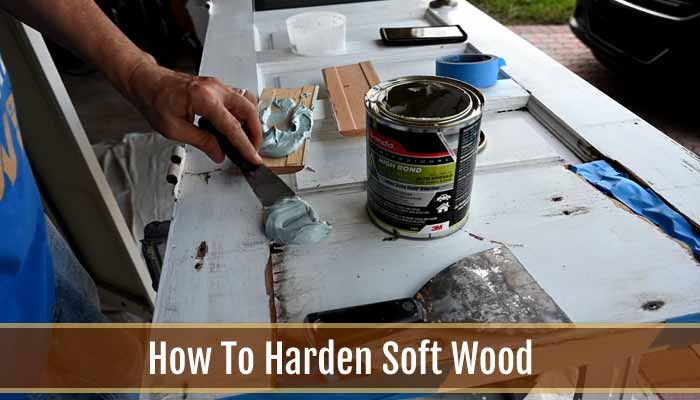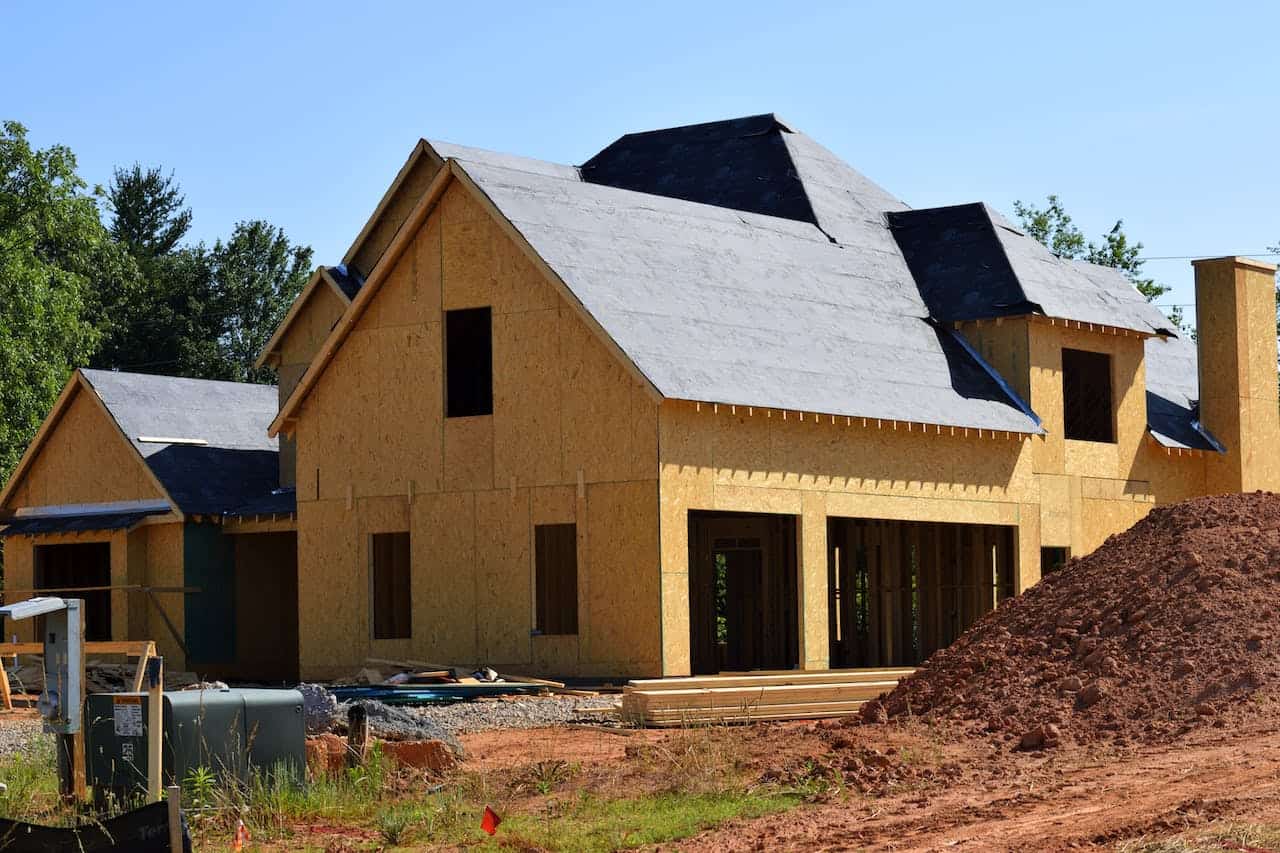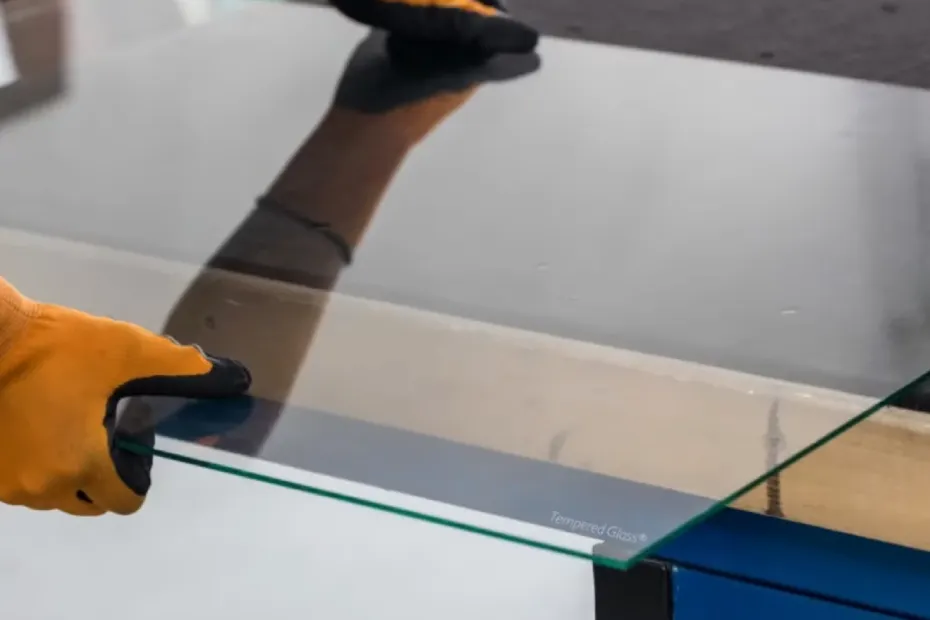WoodenuKnow.com is a participant in the Amazon Services LLC Associates Program, an affiliate advertising program designed to provide a means for sites to earn advertising fees by advertising and linking to Amazon.com and may earn from qualifying purchases.
The wood that you use to build your house, furniture, or anything else is probably softwood.
Softwood can be rotten and too old for any other purpose than firewood. But before it becomes firewood, you can save it by hardening the wood.
Wood hardening will not only extend its lifespan but also give you more options for what you can use it for.
How to harden soft wood? That’s what this article will answer. Just keep on reading 🙂
Tips on How to Harden Your Soft Wood
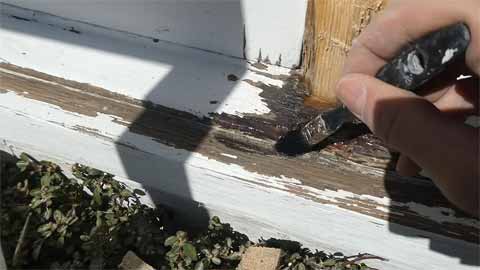
These practical methods for hardening soft wood will help you ensure that you won’t end up with rotted wood.
Using Fire to Harden Soft Wood
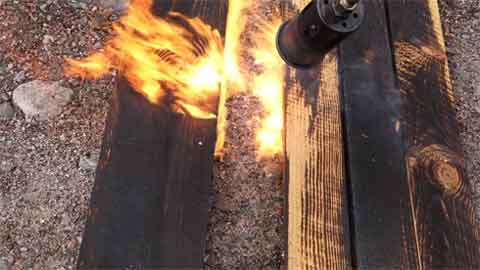
If you want to harden your softwood without spending too much money, you can do so by using fire. Burning wood will take the sap out of the wood and make it durable. This process of hardening wood is known as charring. The more intense the fire, the better your chances of turning your softwood into a hardwood.
Burning wood is a simple way to harden it if you don’t have access to an industrial kiln or dryer. If you want to be efficient with your efforts, you can stack three pieces of firewood together and build a bonfire on top of them.
See to it that the three pieces are arranged in a tripod-like structure so they can prop each other up. If you have access to a stove, you can also use it. The point is to make sure that heat and fire can reach all parts of the wood to burn off the sap.
Epoxy Hardens Wood
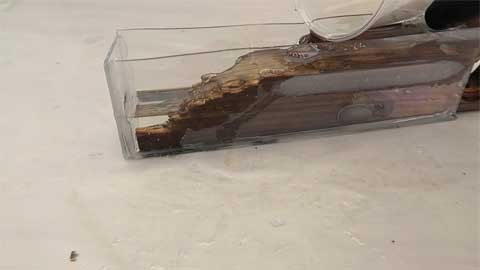
The epoxy resin is a clear, hard, and brittle material that can form strong chemical bonds with other materials. It is popular in boat building because it is very durable and also resistant to weathering.
The epoxy resin is often used as an adhesive to hold things together. It can be spread on many different types of surfaces including metal, plastic, and glass. Epoxy resin for boat building can be used either by mixing or applying it in liquid form.
The epoxy resin hardens soft wood and makes it much stronger than before. To use epoxy resin on your softwood, first, make sure that the surface is clean and dry. Then apply a thin layer of epoxy all over the affected areas in sufficient quantity to ensure good penetration inside the wood.
After letting it sit for five minutes (or per the manufacturer’s instructions), you can also add layers of fiberglass cloth or matting into this mixture since these materials are not as flammable as usual wood fibers. This will definitely increase toughness and durability.
Industrial Kilns to Harden Wood
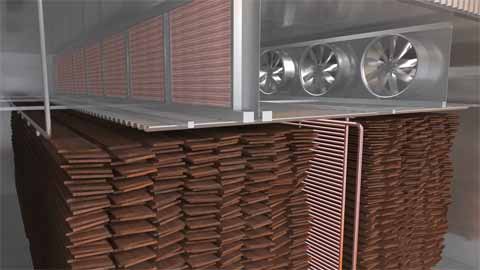
Another easy way to harden soft wood is by using an industrial kiln or dryer machine. There are machines that can dry out your wood with a temperature of up to 350 degrees Fahrenheit in a span of 24 hours.
This heat and drying process will remove all the excess moisture and sap from softwood while making it become hard, strong, and durable. This machine is actually what’s being used by major furniture makers since they need materials that are as resistant to fire as possible.
Polycryl Hardens Wood
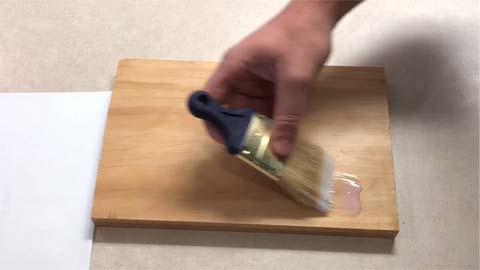
Polycryl is a polymer resin that can make your wood hard. It is also known as “liquid plastic”. Polycryl has the ability to form strong chemical bonds with other items, making it an excellent adhesive.
The material can be used for many different types of tasks, including boat building, car production, and home improvement.
To harden wood with polycryl, first clean the surface of the wood, then apply a thin layer of polycryl. After letting it air dry for 5 minutes or per the manufacturer’s instructions, you can paint on layers of fiberglass cloth or matting. This will strengthen the durability of your object.
Using Wood Hardener
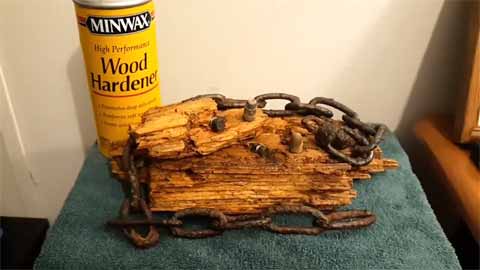
One of The best ways to harden soft wood is through the use of a wood hardener. This chemical will help you provide a layer of protection against the moisture in the wood for a longer period of time. It can also prevent warping and keep your object looking tough and durable.
A good example of a wood hardener is Titebond III which has been one of the most popular choices for years now. This is because it not only protects your objects from deterioration but also provides an excellent barrier from water vapor so that your object is protected from humidity as well as temperature changes.
Protecting soft wood from the weather or elements is very difficult to do, and if you want to keep it safe, a hardener is the best way to do it. You should apply one at least once a year but more often if necessary.
Apply a Protective Layer
Another way to protect soft wood is by applying a protective layer. There are different types of products you can use, including paints, varnishes, and wood oil stains. This type of product will help you get an extra layer of protection around your object so that it’s easier to keep safe from the elements.
To protect soft wood using this method, first, use sandpaper or steel wool to clean the surface all around. After which, you can start applying your products however you’d like (for example with a paintbrush or cloth).
Possibly a Good Match: The Easy Method for Removing Oil Stains From Unfinished Wood
Let the Wood Dry
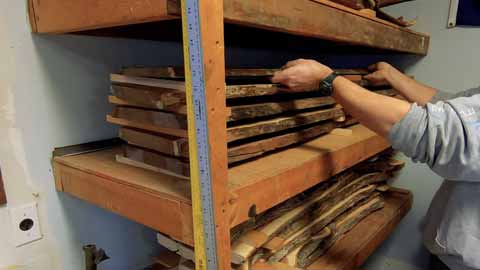
After the protective layer has dried, allow it to sit undisturbed for at least a day before you start using the object again. This will prevent any scratches that come from contact with objects other than the protection product itself.
Soft wood can be an attractive choice for people who are just starting out as well as those who want to make their own furniture or other objects at home. However, you should know that this type of wood is less durable and more prone to damage from the elements like heat, humidity, and moisture.
You should first repair soft wood in order for it to get back its toughness and durability before you paint or stain it. Wood hardener products can decrease your object’s vulnerability by providing a protective layer against these damaging forces until your particular project is complete.
Put a Sealant or glue on the Wood Ends
It is recommended that you put a wood filler or sealant on the wood to help secure and protect it.
The sealant will create a barrier between the wood and moisture or any other damaging forces. Some types of sealants are stronger than others, so it’s important to use something that will last for a long time, even in humidity.
These sealants can be purchased right from an online store by doing some research about the wood you’re working with.
Storage Tips
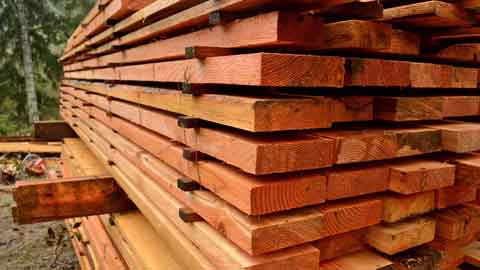
In order to avoid further damage, you may want to keep the soft wood in a safe place after repairing it.
If possible, consider building a storage facility where the wood can stay protected and away from water or other types of dampness.
For example, parts of your soft wood object can be stored under a bed, in a cupboard, or inside an empty drawer to keep them safe until you’re ready to use them again.
Do not store it directly on the ground because this will increase the chances that it will absorb water which is bad for the durability and lifespan of your project.
FAQ’s
Are all kinds of wood capable of strengthening?
It is important to use the appropriate wood hardener for your kind of wood. For instance, if you want to protect pine wood or red cedar wood, then you should use a water-based preservative and protective finish.
For those softwood types such as fir, spruce, and pine which are vulnerable to attack by insects and fungi, there are now clearcoats specifically formulated for protection against these predators as well as treatments with preservatives or other sealants for long-term protection.
If there is still vulnerability after this treatment, then any residual damage left behind will be much less severe than untreated wood.
Does Hardening Broken Wood Make Sense?
A broken item should be fixed by a professional if it can be.
However, if that’s not possible, sealing the wood on your own can make a big difference in how strong it becomes after having been damaged.
You should put some effort into making sure you get sealants on all of the surfaces of the object to stop water damage from soaking in.
Additionally, on smaller objects such as furniture or toys, applying new or additional coats of finish can help to preserve and protect your project even better than before.
Can I build a home structure with strengthened wood?
Yes, you can. This type of wood is less durable and more prone to damage from the elements like heat, humidity, and moisture. You should first repair softwood in order for it to get back its toughness and durability before you paint or stain it.
Does hardened wood retain its strength?
Hardened wood can stay strong and durable if the item is used and treated with respect over time. Hardening a project that you’re making at home or repairing something that has been damaged doesn’t automatically mean it will last forever.
If you care for it and use it with caution, then there is a good chance this type of wood can last for a long time, depending on geographical location/climate, materials used, frequency of use, etc.
Last Thoughts
Since soft wood has the lowest strength, it must be handled carefully.
It is possible to restore its toughness and durability by using the different methods we discussed. The steps listed above will ensure your softwood object retains its strength.
We hope this blog was helpful for you. Don’t forget to leave a comment below if you have any questions.

